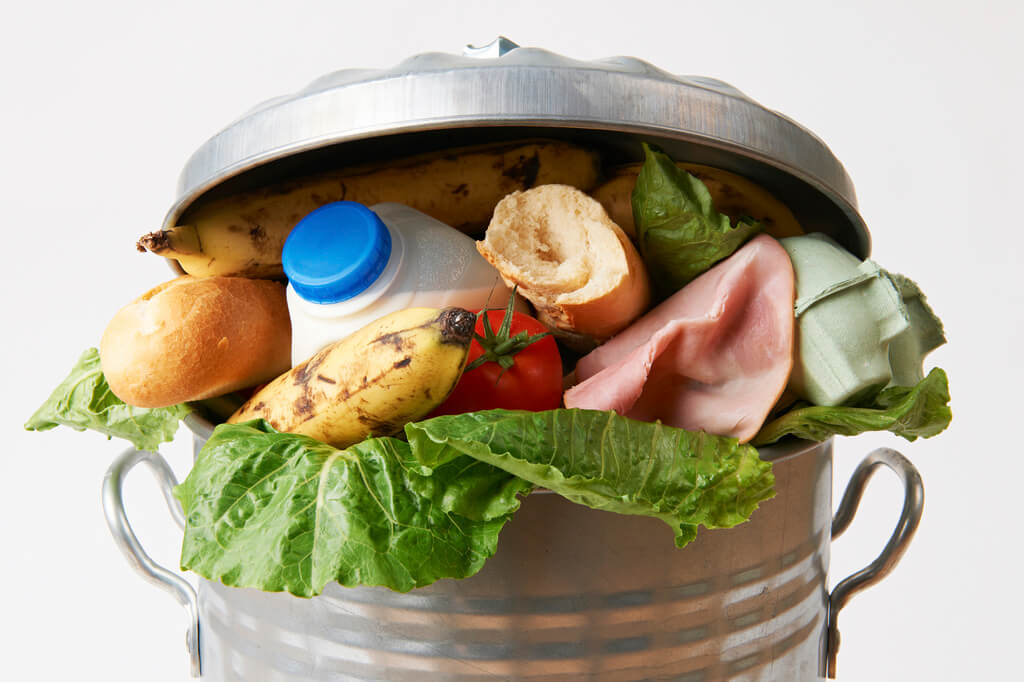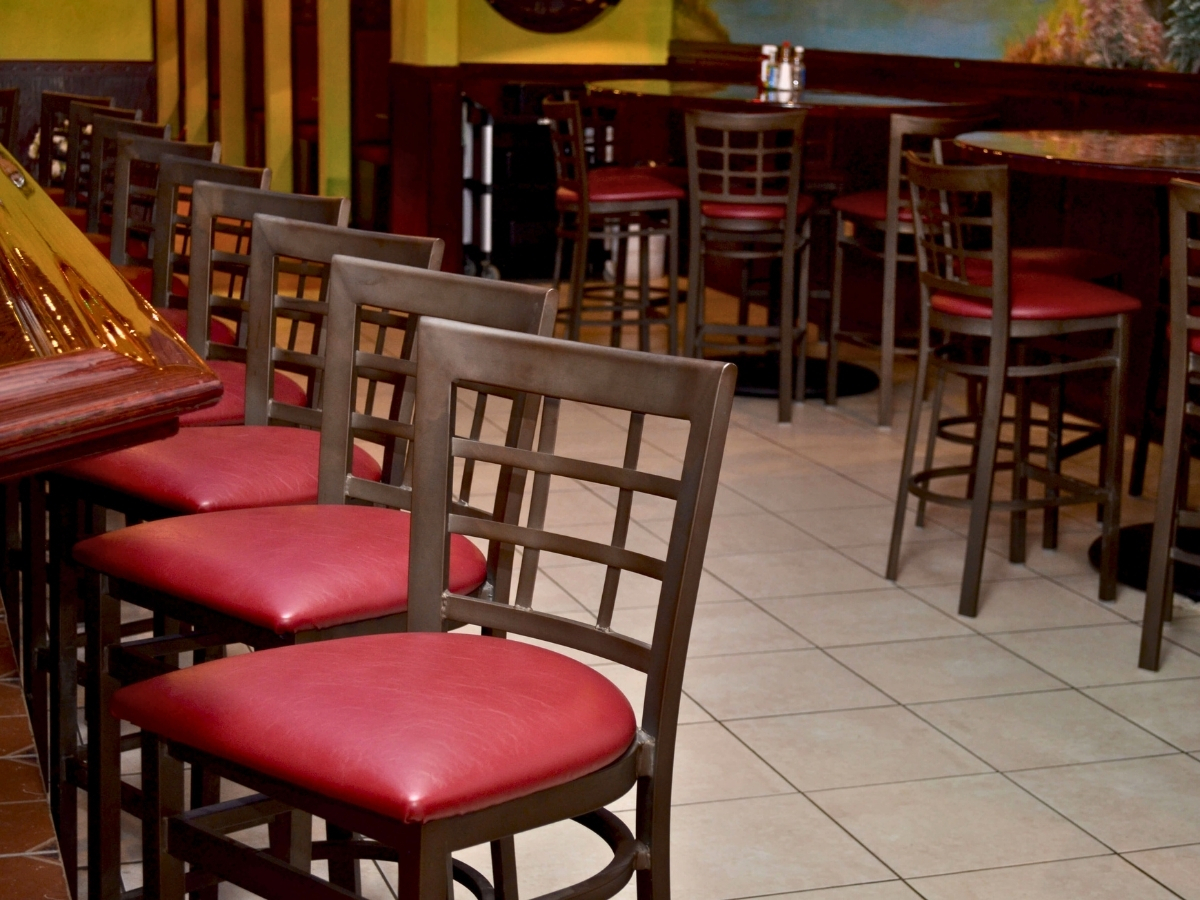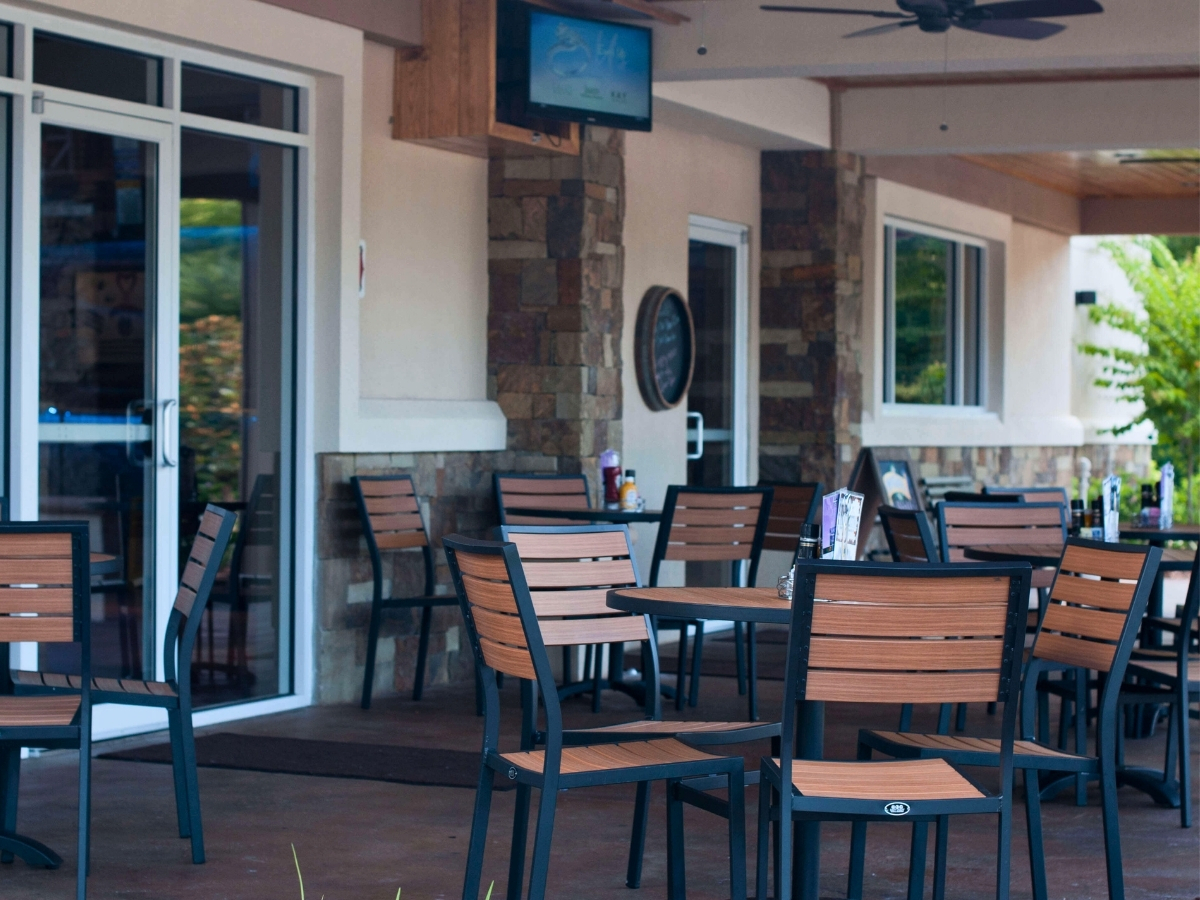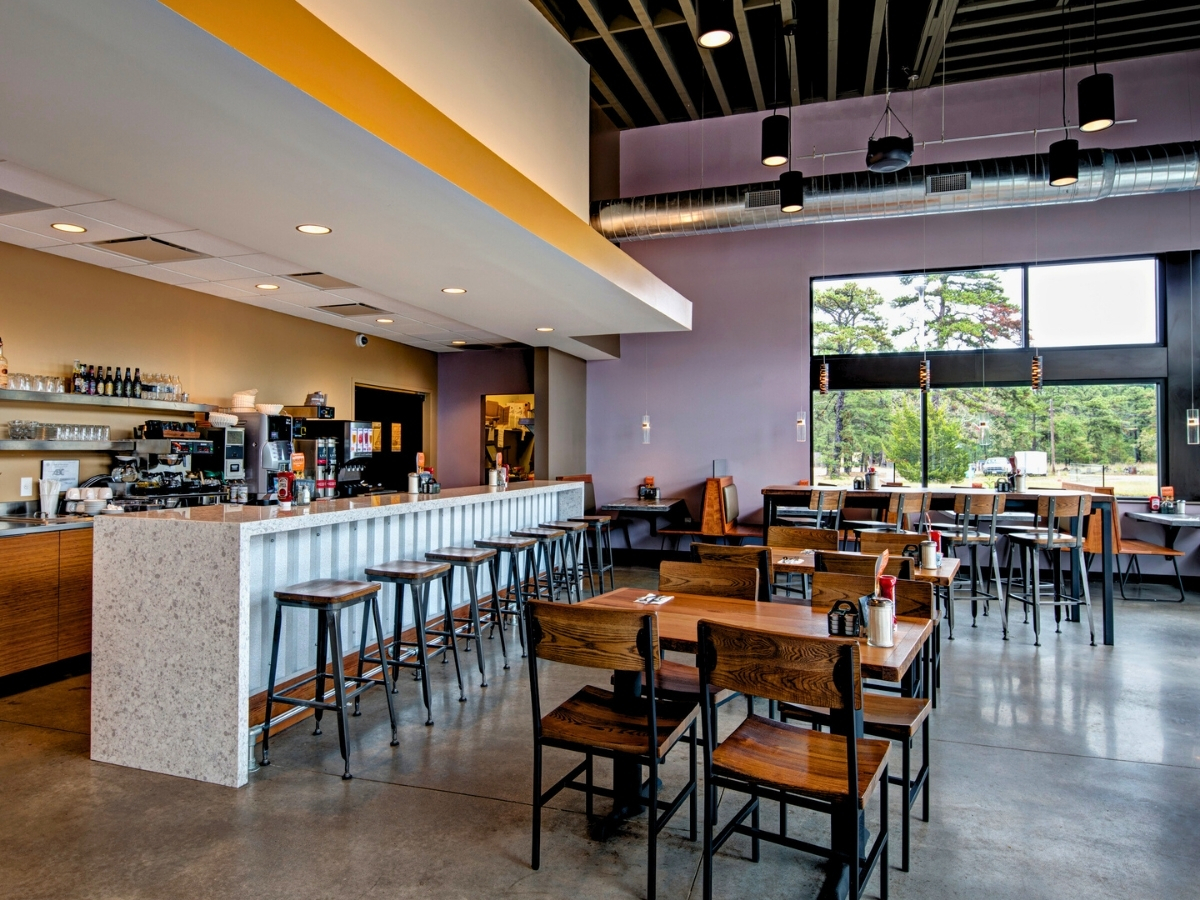There is a growing concern in our country that those in the restaurant industry need to know about: food waste. According to the United States Department of Agriculture (USDA), food waste is estimated at between 30-40% of the food supply, which is about 133 billion pounds of food per year. That is a lot of food! With this abundance of food waste, the negative impacts are becoming greater. We are seeing nutritious food that could help feed families in need being sent to landfills. As these landfills continue to fill up, methane is being generated, a known contributor to climate changes and global warming. In addition, the resources that are being used to produce, process, transport, prepare, store, and dispose of wasted food, are ones that could be used towards other uses that would have a greater benefit on our society. As these impacts add up, our country is noticing how big this problem truly is.
In response to this problem, the USDA and the Environmental Protection Agency (EPA) recently announced the United States’ first-ever national food loss and waste goal, calling for a 50% reduction by 2030. What does this mean for restaurants? It’s time to take action to reduce food waste! Not just for the sake of the national goal of reduction, but also for your own sake of saving your business the increasing amounts of money that is being spent on food that just goes to waste. Here are some tips that you can implement is your restaurant to combat this growing concern.
Track Your Food Waste
The first step to controlling food waste is to figure out how much food you’re actually wasting. If you’re unsure of how much food waste your restaurant produces, institute a process to track your food waste for a week. Ask all staff to document what percentage or amount of food that they throw away before it hits the trash. With this data, make a plan to minimize that waste with the considerations below.
Join the U.S. Food Waste Challenge
The U.S. Food Waste Challenge is a program that the USDA and the EPA launched in June of 2013. This program challenges “entities across the food chain”, restaurants included, to join efforts to reduce, recover, and recycle food waste. By joining, entities demonstrate their commitment to take action to reduce food waste for free. You are just asked to document ways that your restaurant will reduce food waste in the next year and follow through on that list. To join the Food Waste Challenge, click here.
Proper storage
When storing foods, we all know how important temperature control is. Best practices for temperature control are twofold: frequent checking and documentation of your cooler and freezer thermometers in addition to making sure they are at the required temperatures. Coolers should remain at 41 degrees Fahrenheit for proper storage and freezers should be at 0 degrees Fahrenheit. Yet, not all foods need to be put in the cooler or freezer. For those items that do not, storage considerations should involve standard food containers and food packaging wrap. The more proper you are about storage, the longer it will last, and the less you will have to throw away.
Labeling paired with a “first in, first out” policy
Labeling is a key part to food storage. Not only because your staff needs to know what each container or box holds, but also so they know which foods to use first. Using the “first in, first out” policy means that you are storing newer products behind the older ones, therefore using the older products in the front first. Monitoring your staff is the key to this policy because even if you train them to pull down the older products first, it is likely that it will be tempting for them to grab a newer or fresher product in the back.
Portion control
The portions you serve to your customers are in direct correlation to your food waste. Plates full of food are often destined for the trash can because it’s just too much to eat. Consider offering smaller portions of your foods and make sure that the portions remain consistent. We suggest that you have your staff measure each portion that they make and serve. Not only will this help with waste, but it will also help to reduce your food costs. In addition, consider adding half-portions of meals already on your menu at a lower price in order to avoid the excess food landing in the trash.
Smart purchasing
Since over-purchasing of perishable items is a big problem when it comes to food waste, it’s important to buy smart. Smart buying encompasses taking regular counts of your inventory, inspecting foods upon arrival with the non-acceptance of items that are spoiled, and consistency with inventory tracking. Add to this the fact that you should only buy what you need. Use your inventory tracking system to identify trends in purchasing. Once those trends are identified, you can let them lead the way to successful ordering that keeps money in your register.
Other general tips
In addition to the tips listed above, please find below some other general tips that might help you in reducing food waste.
- If you find you have perishable items that will be soon to spoil, add menu items that include that item into your daily or weekly specials
- Institute creative ways to re-use food like turning bread into croutons or using vegetables and meats in soups
- Encourage employees to take home foods that you will only end up throwing away at the end of the day or night
- Donate food that you will not use to families in need. There are federal laws that encourage food donation and offer tax deductions as well as protection from liability if a donation causes illness or injury. Many organizations exist that collect and distribute food donations to those who need it. For a listing of laws in place or organizations to donate to, click here.
- Always offer take home containers to your customers for any foods that might still be on their plate. Offer containers that are microwave safe and re-usable to encourage an easy heat up and less waste.
- Use refillable bottles, dishes, or containers for condiments instead of the single packs. Set these items on each table so that customers use only what they need. If you are using the single packs, avoid putting them out where customers can grab them. They will likely grab more than what they need and throw away the unused packs in the trash.
- Reduce the amount of bread and rolls that are offered before each meal and/or reduce the size of appetizers that you offer. These foods tend to fill customers up thus contributing to the possibility of having more food left over from the main dish.
- Purchase a commercial vacuum sealer to keep your foods as fresh as possible for as long as possible
Regardless of the steps you decide to implement, taking action against food waste is an important part of creating a solution to this growing problem. Simple steps in the regular routine and daily processes within your restaurant will serve a huge benefit to your wallet as well as have a positive impact on society and the environment. That’s what you call a “win, win” situation.






